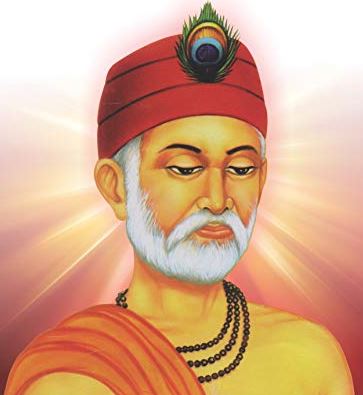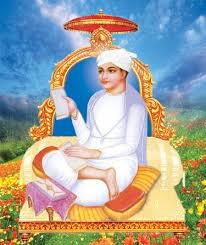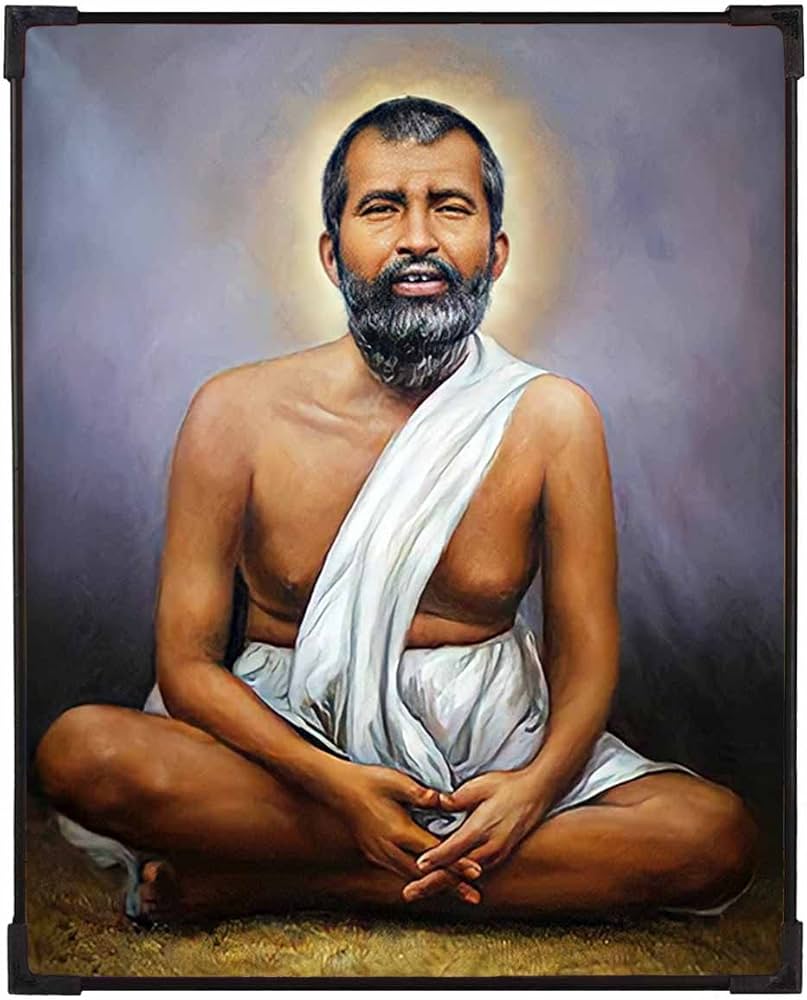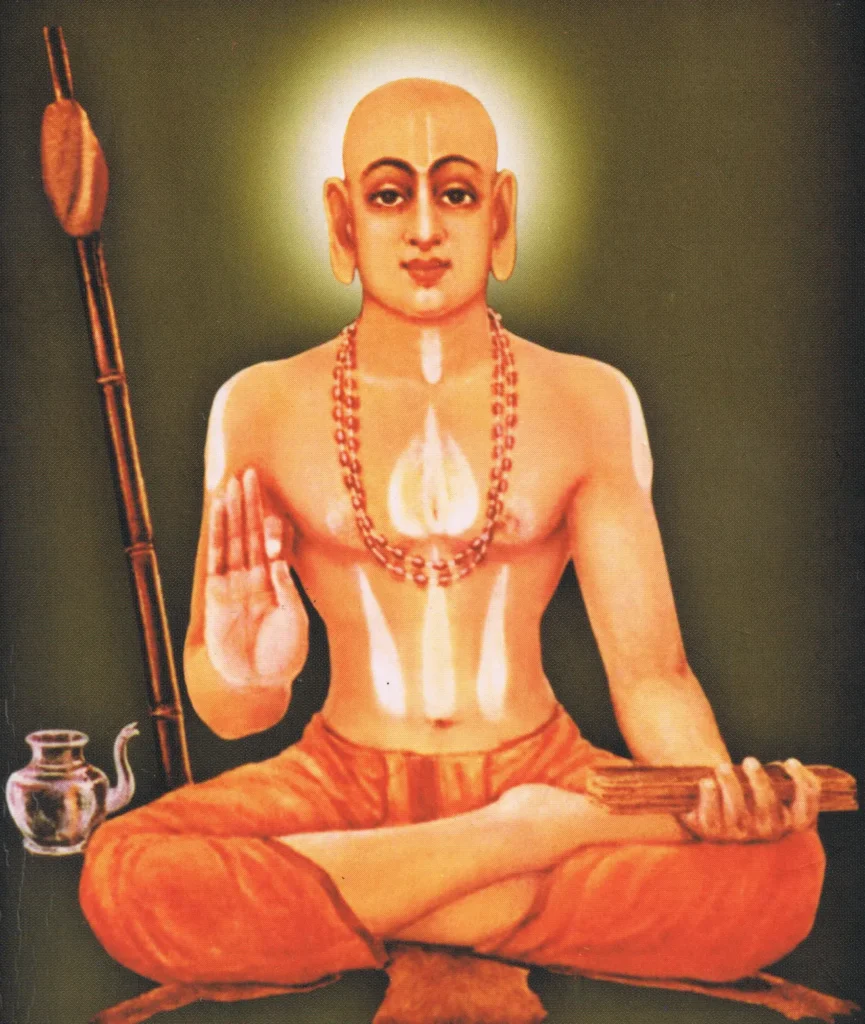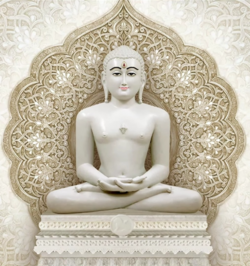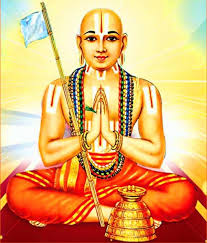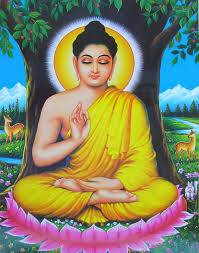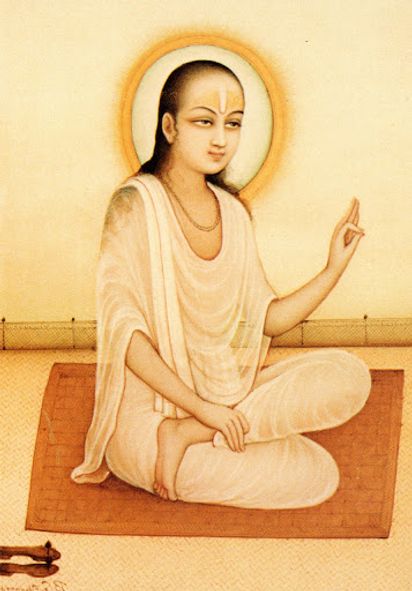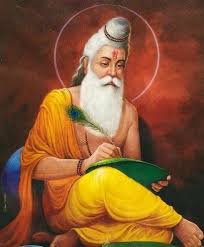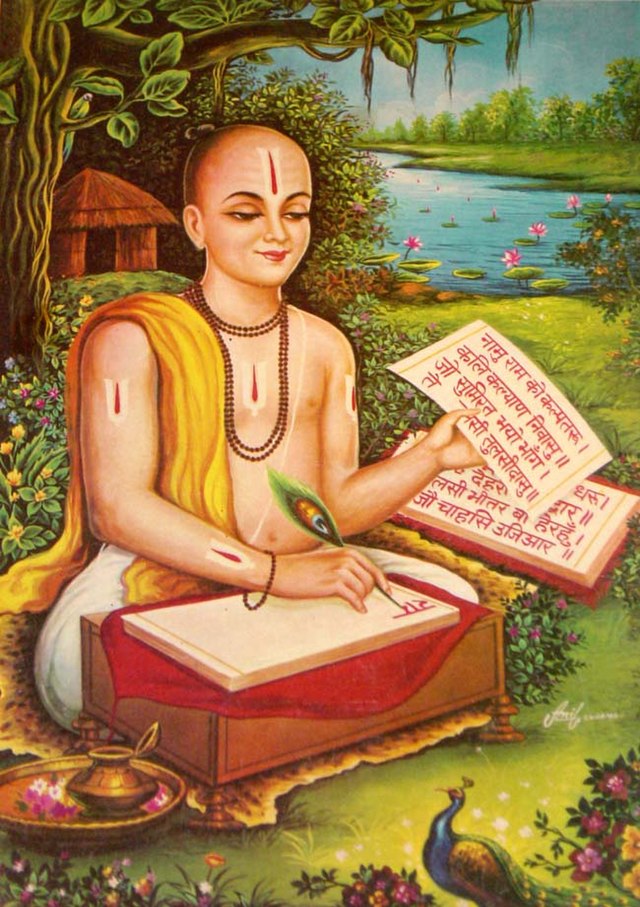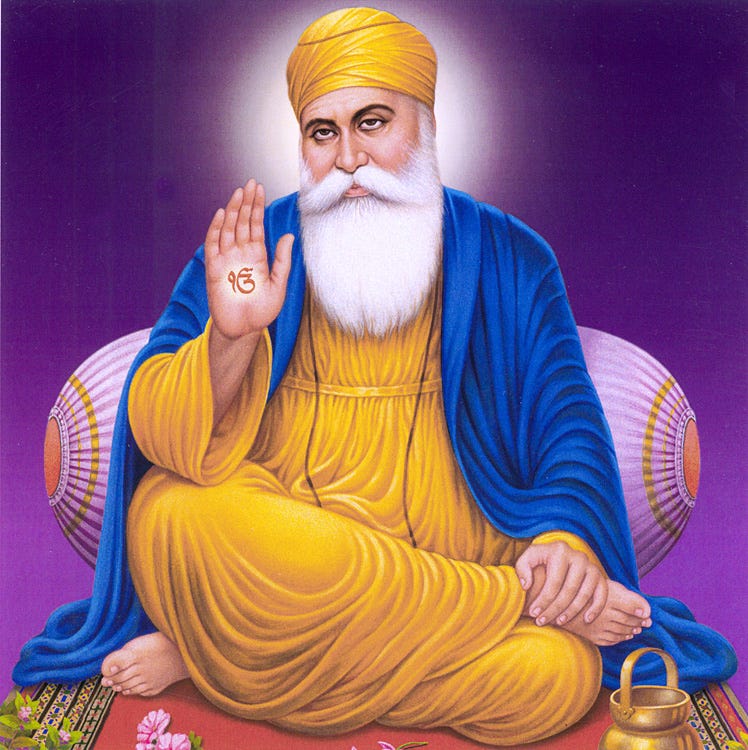Sanatan Dharma — its origin, philosophy, beliefs, scriptures, and cultural impact:
🌺 Sanatan Dharma – The Eternal Way of Life
🕉️ Introduction
Sanatan Dharma (सनातन धर्म) is the original name of what the world today calls Hinduism. The term “Sanatan Dharma” means the eternal religion or eternal truth — a path that has no beginning and no end, existing beyond time, created not by a human founder, but revealed by divine insight (Rishis/Munis).
Unlike many modern religions based on a single prophet or scripture, Sanatan Dharma is a way of life, a spiritual culture, and a philosophical system that respects all paths to God and sees the divine presence in all beings.
📜 Meaning and Origin
Sanatan = Eternal, timeless, unchanging
Dharma = Natural law, duty, righteousness, moral values
Sanatan Dharma refers to the universal laws and values that sustain the cosmos, humanity, and spiritual life. These principles are considered eternal truths that apply to all beings in all times and places.
It is the world’s oldest living religion, with roots that go back over 10,000 years through oral tradition, eventually documented in the Vedas and other sacred texts.
🔱 Core Beliefs of Sanatan Dharma
1. Brahman (The Supreme Reality)
Sanatan Dharma teaches that Brahman is the ultimate reality — infinite, formless, changeless, and beyond human understanding. Everything in the universe is a manifestation of this one supreme spirit.
2. Atman (The Soul)
Every living being has an Atman (soul), which is eternal and divine. The Atman is not different from Brahman, and realizing this unity is the goal of life.
3. Karma (Law of Cause and Effect)
Every action (thought, word, or deed) has consequences. Good actions bring good results (punya), and bad actions bring suffering (paap), either in this life or future lives.
4. Rebirth (Punarjanma)
The soul is reborn again and again until it attains Moksha (liberation). Life is a journey of spiritual evolution through many lives.
5. Moksha (Liberation)
The ultimate goal is to escape the cycle of birth and death and merge with the divine. This is achieved through self-realization and detachment from material desires.
6. Dharma (Righteous Living)
Each individual has a personal dharma based on age, profession, and stage in life (varna and ashrama). Living in harmony with one’s dharma leads to peace and spiritual progress.
📚 Sacred Scriptures of Sanatan Dharma
Sanatan Dharma is based on a vast body of scriptures, divided into two main categories:
✳️ Shruti (Heard/Divine Revelation)
These are the oldest and most authoritative texts:
Vedas (Rigveda, Samaveda, Yajurveda, Atharvaveda)
Upanishads – Philosophical texts explaining the inner meaning of the Vedas
✳️ Smriti (Remembered/Human Origin)
These are texts remembered and written by sages:
Bhagavad Gita – A dialogue between Lord Krishna and Arjuna about life, duty, and devotion
Ramayana – The story of Lord Rama, symbol of virtue and dharma
Mahabharata – Epic about the Kurukshetra war and human morality
Puranas – Stories of gods, goddesses, the universe, and creation (e.g., Vishnu Purana, Shiva Purana)
🙏 Paths to God in Sanatan Dharma
Sanatan Dharma recognizes multiple paths to reach the Divine, according to one’s nature:
Bhakti Yoga – The path of devotion to God (e.g., worship of Krishna, Rama, Shiva, Durga, etc.)
Jnana Yoga – The path of knowledge and wisdom
Karma Yoga – The path of selfless action and service
Raja Yoga – The path of meditation and discipline (includes Ashtanga Yoga)
Hatha Yoga – Physical discipline that leads to spiritual awakening
🌼 Deities and Worship
Sanatan Dharma is monotheistic in spirit (believing in one supreme God) but polytheistic in expression, with multiple forms of the same divine:
Vishnu – Preserver (incarnates as Rama, Krishna)
Shiva – Destroyer and transformer
Brahma – Creator
Durga, Lakshmi, Saraswati, Kali – Forms of the Divine Mother
Ganesh, Hanuman – Great devotees and divine beings
Each form represents a different aspect of the one Brahman, allowing people to relate to God in diverse ways.
🏵️ Way of Life and Festivals
Sanatan Dharma teaches a lifestyle in harmony with nature, society, and spirituality. Practices include:
Daily prayer and meditation
Yoga and self-discipline
Pilgrimages (Yatras) to sacred sites
Celebrating festivals like Diwali, Holi, Navratri, Janmashtami, Shivratri
Charity, vegetarianism, and non-violence
🌍 Universal Vision
Sanatan Dharma sees the world as one family – “Vasudhaiva Kutumbakam” (वसुधैव कुटुम्बकम्)
It promotes:
Tolerance for all faiths
Harmony with nature
Respect for elders and gurus
Protection of cows and all creatures
Seeking truth and spreading peace
🧘 Sanatan Dharma Today
Despite being ancient, Sanatan Dharma remains relevant and alive in today’s world. It continues to offer:
Timeless wisdom for modern life
Meditation and yoga for mental peace
Spiritual guidance for personal growth
A vision of unity, peace, and divine love
🌺 Conclusion
Sanatan Dharma is not just a religion — it is a spiritual science, a universal path, and a guide to righteous living. It teaches us that all beings are divine, the universe is sacred, and the ultimate goal of life is to realize our oneness with God.
Sanatan Dharma is the eternal tree,
All saints are its sacred leaves, spreading divine shade, wisdom, and peace to the world.
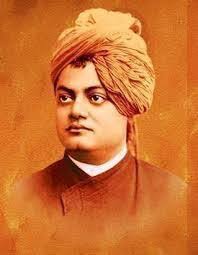
Swami Vivekānanda
Read More
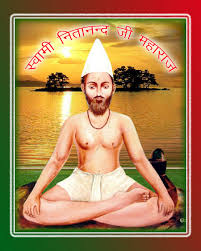
Nityananda Maharaj
Read More

Adi Shankara
Read More
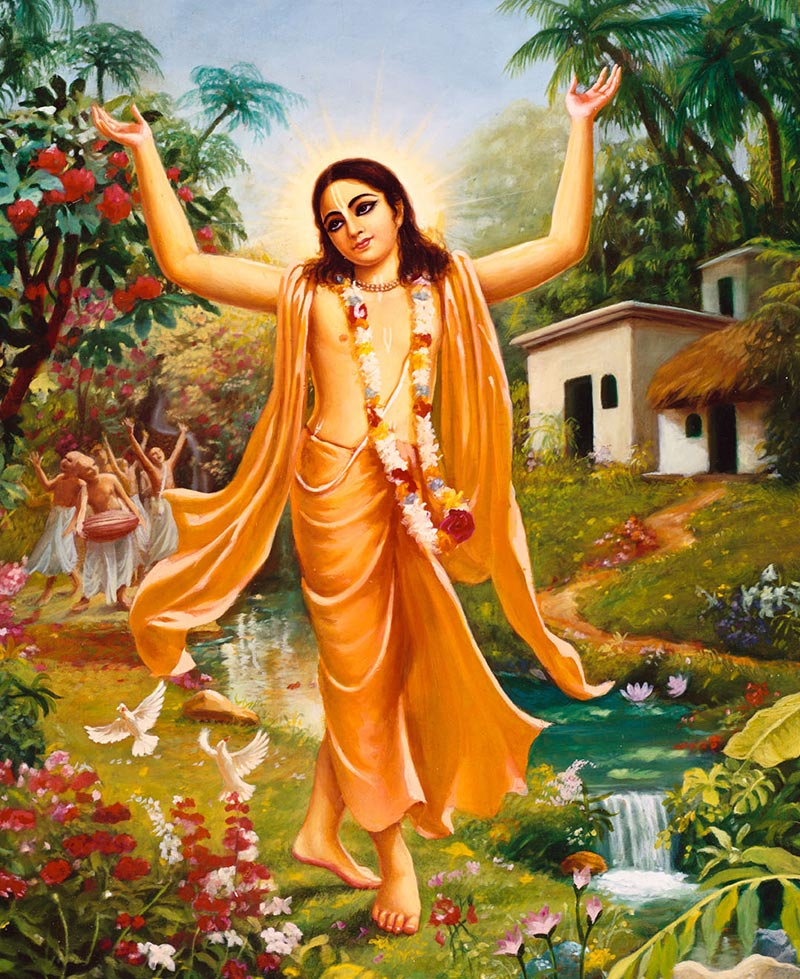
Chaitanya Mahaprabhu
Read More

